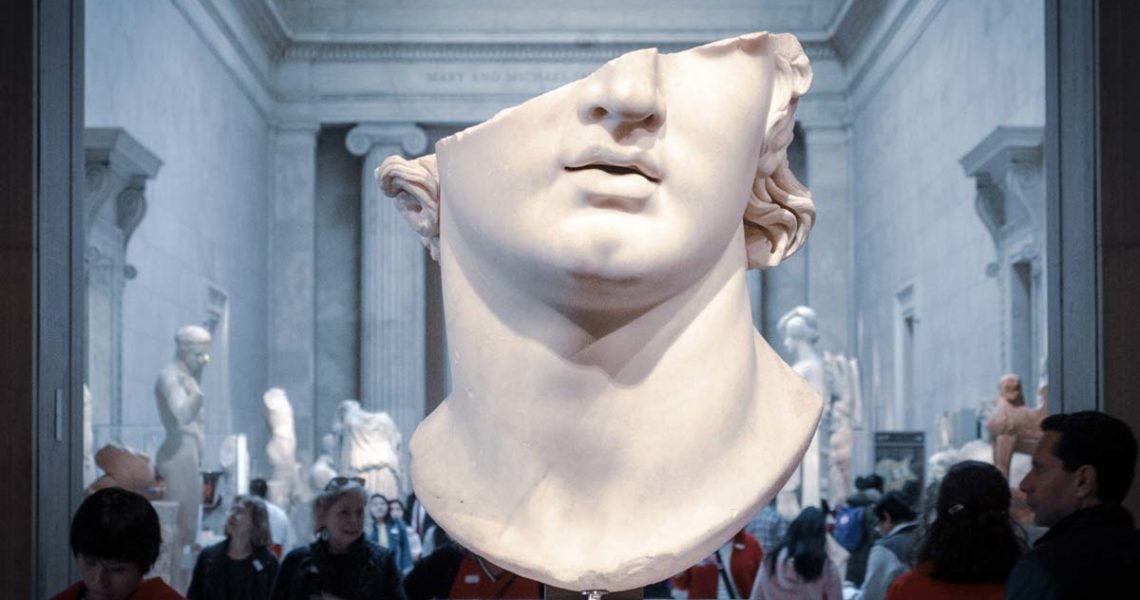Science and mythology are correlated with each other. Though science sets out to debunk the myths but always it’s not the case. Do you know that there are Greek myths in science? So welcome back to 8metals.com. Today we will talk about Scylla and Charybdis. Are you ready to explore the science behind myth? So the question is are Greek myths based on scientific phenomena? The mythology of Scylla and Charybdis can be termed as mythical science. So let’s explore. So to explore we must get acquainted with the term mythical science. Joyous reading!!
What is Mythical Science?
Mythical science has become a separate discipline lately. It means to unveil the science behind the myths. Many popular myths Indicate the advancement of technology during the pre-historic era. Mythical science aims to explore these facts.
The tale of Scylla and Charybdis: Unlike the other myths Scylla and Charybdis are not gods. The Greek mythology had monsters in it too. They are two monsters who are immortal and cannot be resisted. They lived on the waters of the Western Mediterranean sea. They were known for creating problems to ships. Homer describes this myth in his book XII of Homer’s Odyssey. When Odysseus, the protagonist of this novel goes on a voyage to the Mediterranean sea, these two monsters bests the narrow sea. They later started living in the Strait of Messina which is personified after them. Scylla was a supernormal mythic creature. She had 12 feet and six heads. Her necks were long and shaky. In each row she had triple shark like teeth. Heads of baying dogs girdled her loins. She swallowed up whatever came within her reach from a cave. According to legends, she even devoured Odyssey’s six companion. According to Ovid’s Metamorphoses, Scylla was believed to originally a human kind of figure. However she transformed into a fearful monster out of her jealousy. For this she took help of Circe’s witchcraft. According to some versions she is the Scylla who betrayed her father King Nisus of Megara due to love for the King of Crete Minos. Scylla was often associated with rock or reef during the antique times.
Charybdis on the other hand lived under a fig tree. She was just a bowshot away from the opposite shore. She drank up the waters of the sea thrice a day and then again belched it. This was fatal for ships and shipwrecks took place every day. She is often personified with whirlpool. Even Odysseus’s ship wrecked and he barely escaped from her clutches holding onto a tree until Charybdis vomited the raft of Odysseus after long hours which she swallowed. According to legends both Scylla and Charybdis gave poetic warnings of the dangers to the sailors and mariners who voyaged on the Western Mediterranean sea. So the common saying, “Between Scylla and Charybdis” is taken from this myth. It means to be caught between two unpleasant situations.
The science related to this myth: This myth has a close connection with science. The sailors who go for voyages take up more risks in narrow channels. So this is an indication of the risks a narrow channel can bring. Science associates Scylla with Kraken who has similarly large tentacles. Giant squids are found in the Mediterranean sea but are rare. Besides the concept of many heads might be uncommon among humans but it can be seen in reptiles. According to reproductive science, damage to the Embryo can cause the cells to split and result in double heads. It might fuse to cause two embryos join together. A two headed snake was recorded by Aristotle in 350 BC. An embryonic lizard fossil with two heads have been excavated in China. It is the oldest surviving evidence on earth. Homer might have known the life-limiting feature among the animals. There might be no sea monster named Scylla but Homer skilfully associated it with frightened sailors, our unease with biological phenomenon and used the threat of the snakes to create the ambiance of a devilish cocktail. Charybdis is the monstrous whirlpool that drinks up all the water of the sea. It is quite interesting to note that the north-east tip of the island Sicily on the Strait of Messina is well known for its strong currents and winds. The tidal activity of the strait makes it fatal for the sailors. The Thrrhenian sea tides to the north stand out of phase with the tides of the Loanian sea to the south. Hence turbulent waters are caused at their meeting point. Due to cold water currents from the depth of the surface a submarine ridge in the Messina strait is caused. This tidal activity is the cause of bore waves to appear as whirlpools as vertical eddies. In terms of Oceanographers the largest tidal wave develops off the Capo del Faro coast which the place where Charybdis is historically marked. Nowadays these obstacles can be navigable but during Homer’s days, those must be very fatal. So it seems that our ancient people were great skilled at oceanography as well. Scilla is also the name of a medicinal plant known for stabilizing heart. It is also an insecticide and rat poison. Charybdin is an ribosome inactivating Protein. The myth continues as the Mediterranean sea absorbs ships. However this is clearly a scientific occurrence. Our ancestors were truly great scientists.
So this was the Greek myth which has a scientific side to it. Sometimes it can be so breath taking!! Isn’t it ?!! Keep following us for more. We will be back soon with such facts. Stay safe and keep well.
